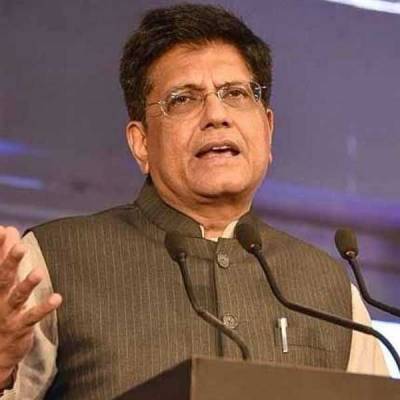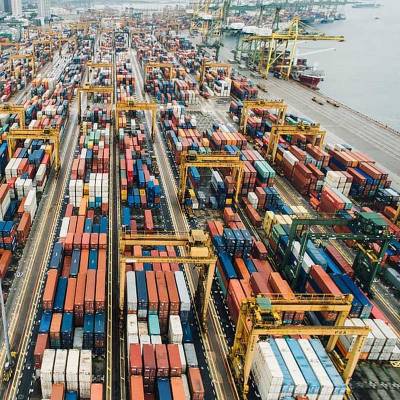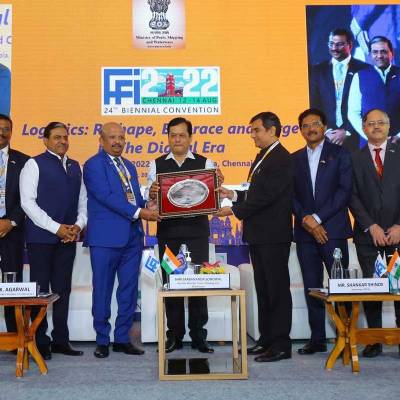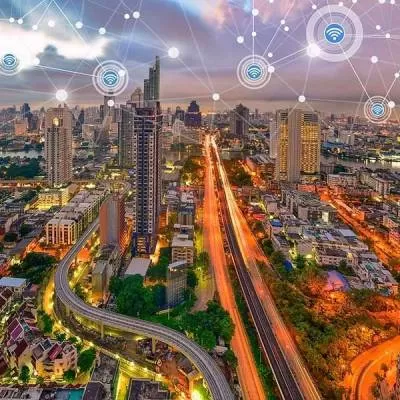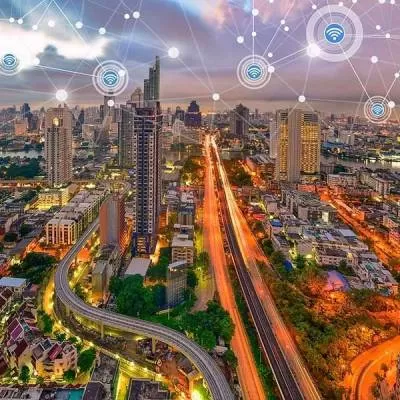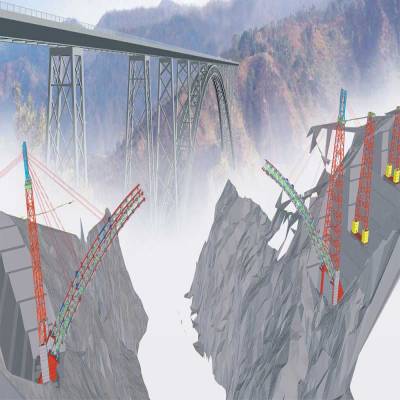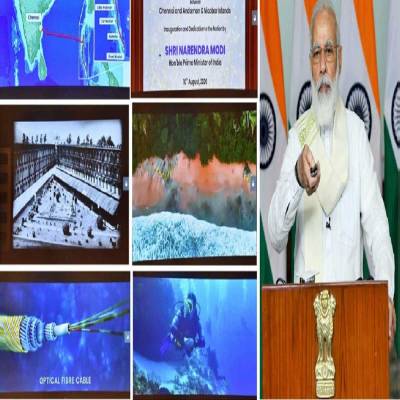- Home
- Infrastructure Urban
- SMART CITIES
- Can Digital India have a major role to play in the smart cities mission? Find out!
Can Digital India have a major role to play in the smart cities mission? Find out!
<span style="font-weight: bold;">Digital India is an intrinsic pillar of the Smart Cities mission.</span><br /> <br /> 'The major support from Digital India to the Smart Cities mission has come in the form of Aadhaar,' says Korath V Mathew, IT and e-Governance Consultant. 'The second important initiative is the common service centre, which is supplementing the smart cities; and third is the digitisation programme.'<br /> <br /> Associated as an ICT solutions expert for Indore, Kochi and other cities, Mathew suggests that smart cities need to be a pan-city initiative. 'The pan-city initiatives should actually take the city to a smart model in one go,' he explains. <br /> <br /> 'IT solutions can be focussed on pan-city and if there is a solution that would pay for itself, namely, can go on a PPP model' He cites an example: 'Let's say Kochi has 50,000-60,000 lights that are sodium vapour and mercury vapour lamps. If these are converted into LED lights, it can save 60 per cent of costs per day and the revenue generated from energy saving can be utilised and monetised for a period of time.' <br /> <br /> The smart pole is another interesting solution based on telecom infrastructure. 'The concept of smart poles emerged where at almost 300-400 m, the light pole is replaced by a hitech telecom tower with inbuilt antenna that can house three to four telecom operators simultaneously,' he elaborates. 'This can be given to a concessionaire who will set up a uniform service for the whole city; others will start sharing that infrastructure.' Indeed, this could be a win-win situation for citizens, mobile operators and the corporation, because connection is improved with fairly high bandwidth, less downtime and less call drops for operators, while offering a common infrastructure for multiple operators using state-of-the -art technology at less cost.<br /> <br /> 'The real measurement of success is how many people are actually utilising smart services; that is your key to a common integrator,' avers Mathew. Just like the Ministry of IT would know how many e-governance solutions and transactions are taking place, the MoUD, too, should be able to see which smart solutions have come up and how they are being utilised, he concludes.<br />


